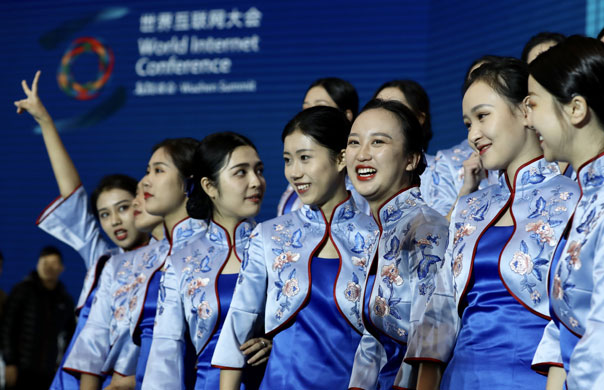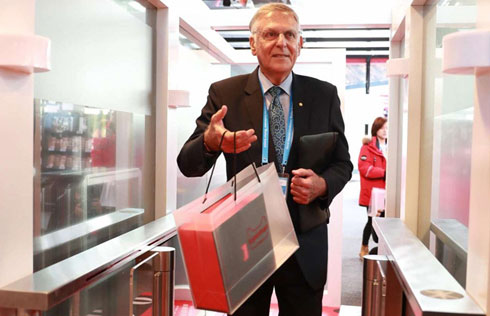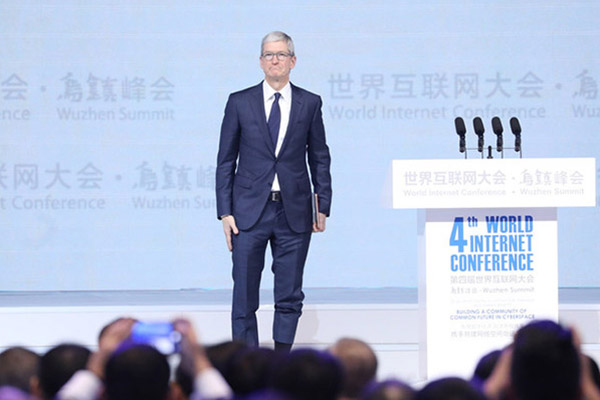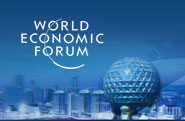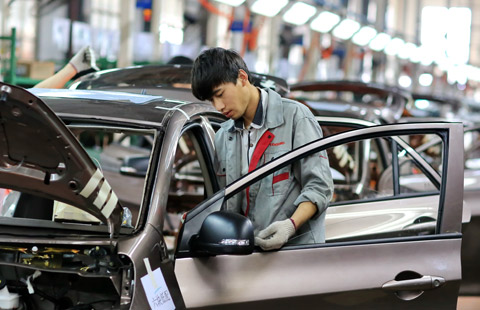Hebei closes 8,300 small high-polluting firms
(Xinhua) Updated: 2014-01-17 10:02Among 33,000 pollution sources in Hebei, many small high-polluting firms are located in townships or the countryside, often blind spots for the regulators, Yang admitted.
Meanwhile, some small refiners, leather makers and electroplating factories are moving to more remote countryside and some are even operating within the disguise of corn fields, he said.
Small firms often secretly emit pollutants, causing severe pollution to surrounding regions and thus triggering the majority of China's around 10,000 pollution-related petitions annually, he added.
Local authorities will block new projects and punish officials in regions where pollution is not alleviated due to loose supervision, according to the official.
Amid the efforts to boost supervision, the agency has recruited 10,298 volunteers to monitor pollution sources. Also it offers cash rewards to whistleblowers.
Hebei's economy is dominated by highly polluting and energy-guzzling heavy industries, which contribute up to 77 percent of all emissions into the air, official data showed. Hebei has the largest steel capacity of all China's regions.
The local government has pledged to cut annual steel and cement production capacities by 60 million tons respectively by 2017 and to reduce annual coal consumption by 40 million tons from 2012 levels within the same time frame.
The Chinese central government is becoming more serious in tackling pollution as the choking air has become the target of growing discontent among urban residents.
In September, the State Council, or the Cabinet, signed air pollution control initiatives with six provinces and municipalities in North China, including Beijing, Tianjin, Hebei, Shanxi, Inner Mongolia and Shandong, in a coordinated effort to tackle smog.
- China 'incredibly innovative' in many areas: Apple CEO
- City official: Guangzhou further committed to opening-up
- Jack Ma: Globalization backed by technology will cut inequality
- HNA confirms interest in ASEAN's infrastructure investment
- Comments on Xi's letter to 2017 Fortune Global Forum
- China to create more opportunities for the world: Xi
- US tax cuts impact on China two-sided: economists
- Chinese enterprises job fair to be held in Sri Lanka

